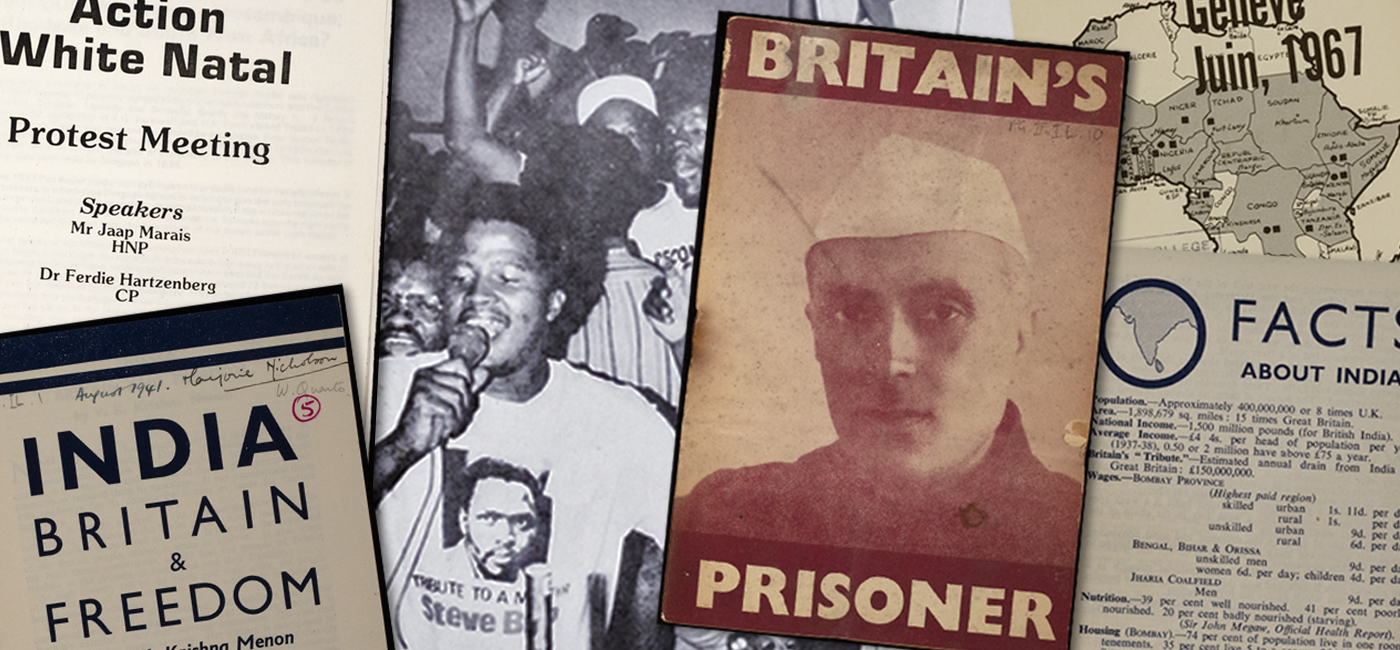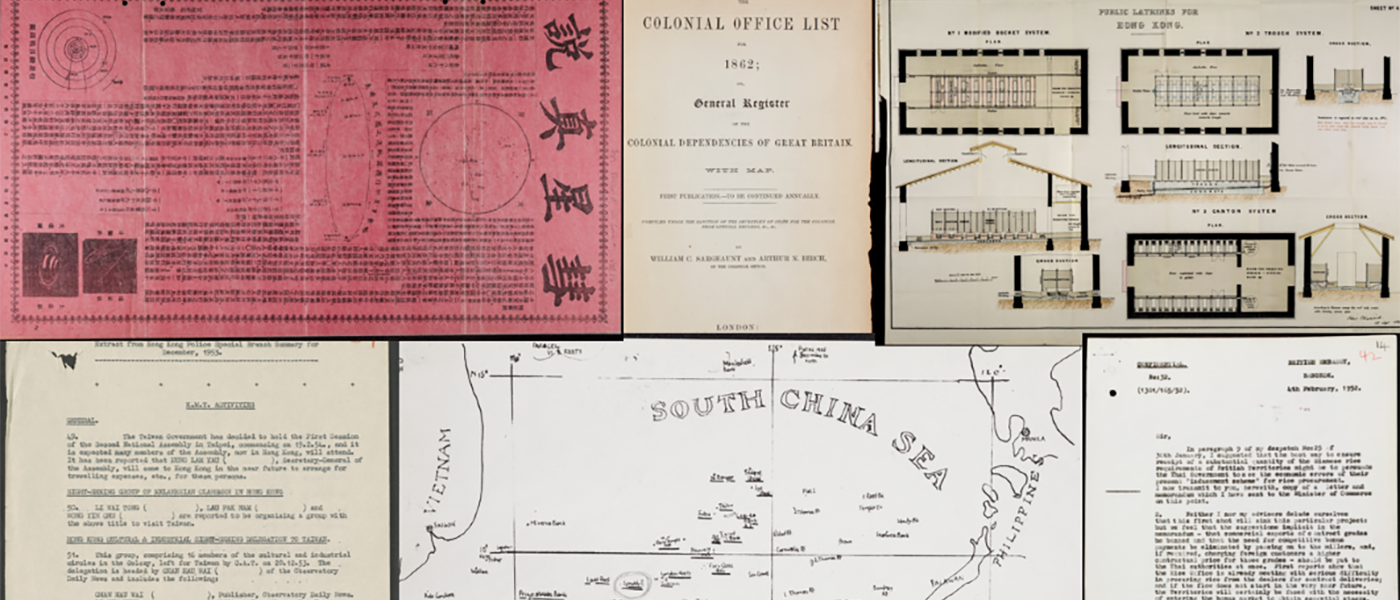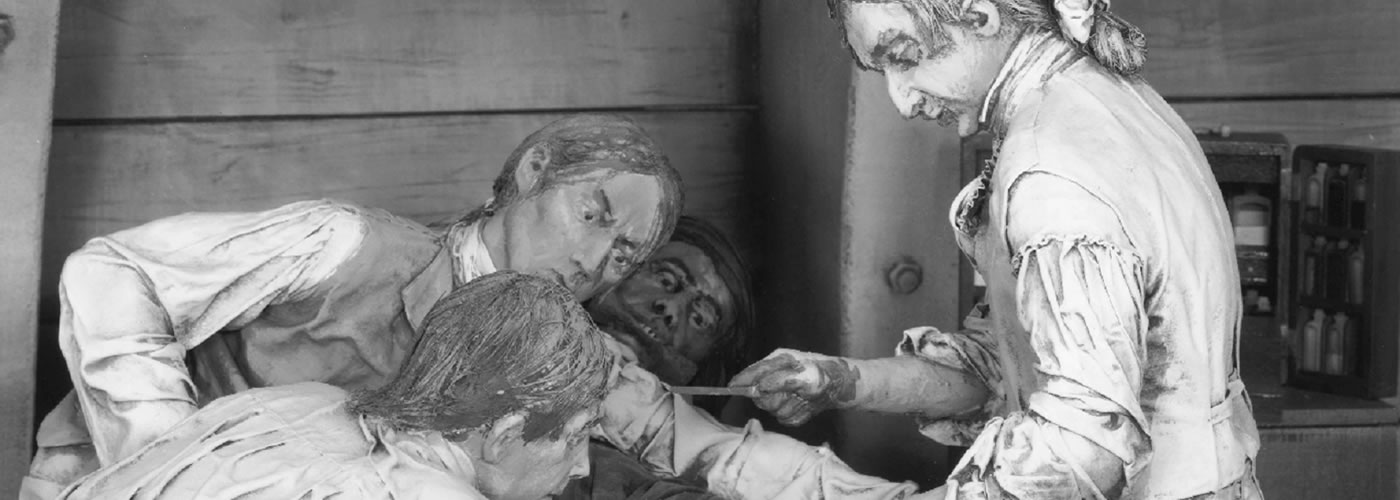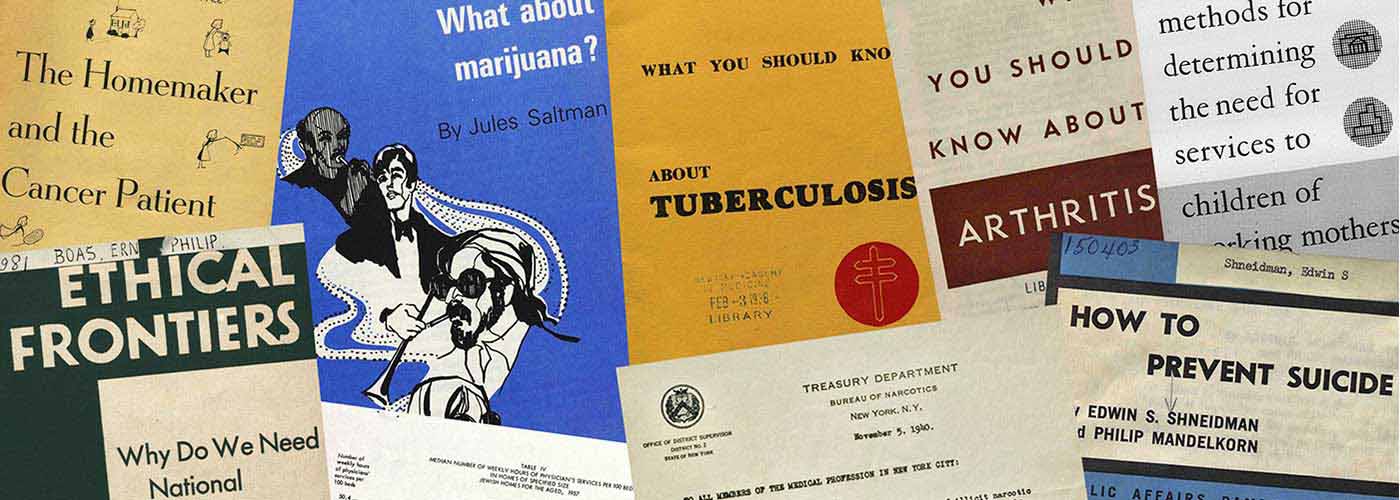Witness the rise of the modern American conservation movement, from the Industrial Revolution to the late twentieth century
Offer an incisive view into the many actors and agencies whose efforts shaped modern policy and legislation in conservation and environmental protection in the United States with this diverse inaugural collection in Gale’s Environmental History series.
Researchers will find the work of individual movers and shakers, such as early environmentalists George Bird Grinnell and “father of forestry” Joseph Trimble Rothrock, as well as later activists like Rosalie Edge and Velma “Wild Horse Annie” Johnston. They can sift through the records of agencies such as the U.S. Forest Service and the U.S. Bureau of Reclamation, along with the many departments focused on conservation and land-use matters, from water conservation to wildlife management, at both the state and municipal levels.
Provide Context for Today’s Conservation Movement
The stakes have never been higher for individuals, government agencies, corporations, and activist organizations seeking to address the impacts of environmental change in the twenty-first century. Conflicts today rage across the globe over fossil fuel usage, fracking and coal production, natural gas exploration and nuclear power, ocean acidification and overfishing, deforestation and strip mining, the endangerment and extinction of species, the spread of disease and protection of people’s health, and the precipitous rise of alternative energy sources. A long history lies behind these contests that join advocacy to action and pit public policy against human behavior, giving rise to local legislation and international trade rules—a history framed by the rise of the modern conservation movement.
Starting in the late nineteenth century, in direct response to the Industrial Revolution, forces in social and political spheres struggled to balance the good of the public and the planet against the economic exploitation of resources. Environmental History: Conservation and Public Policy in America, 1870–1980 chronicles various responses in the United States to this struggle through key primary sources from individual activists, advocacy organizations, and government agencies.
Collections Included
- Papers preserved at Yale University of George Bird Grinnell, a founding member of the Boone and Crockett Club, one of the earliest American wildlands preservation organizations; a founder of the first Audubon Society and New York Zoological Society; and editor for 35 years of the outdoorsman magazine Forest and Stream, which played a key role as an early sponsor of the national park movement and Migratory Bird Treaty Act of 1918.
- Records housed at the Denver Public Library of the American Bison Society, an organization that sought to save the American bison from extinction and succeeded as the first American wildlife reintroduction program.
- Also housed at the Denver Public Library, the papers of key women conservationists, such as Rosalie Edge and Velma “Wild Horse Annie” Johnston. Edge formed the Emergency Conservation Committee to establish Hawk Mountain Sanctuary (the first preserve for birds of prey), clashed with the Audubon Society over its policy of protecting songbirds at the expense of predatory species, and was a leading advocate for establishing the Olympic and Kings Canyon national parks. Johnston worked to end the capture and killing of wild mustang horses and free-roaming donkeys and lobbied to protect all wild equine species.
- Documents held at various institutions of the “father of forestry” Joseph Trimble Rothrock, who served as the first president and founder of the Pennsylvania Forestry Association and Pennsylvania’s first forestry commissioner. Rothrock’s work acquiring land for state parks and forests illustrates the role of key actors at state and regional levels.
- Project histories and reports of the U.S. Bureau of Reclamation from the National Archives and Records Administration, chronicling the bureau’s work on projects including Belle Fourche, South Dakota; Grand Valley, Colorado; Klamath, Oregon; Lower Yellowstone, Montana; Shoshoni, Wyoming; and more.
- Select gray literature on conservation and environmental policy from the Institute of Governmental Studies Library at the University of California at Berkeley. This vast array of documents issued by state, regional, and municipal agencies; advocacy organizations; study groups; and commissions from the 1920s into the 1970s cover wildlife management, land use and preservation, public health, air and water quality, energy development, and sanitation.
FEATURED REVIEW
Does exactly what it set out to do. A researcher can use these pages to chart grassroots movements in support of nature’s well-being and follow them through the processes that led to solutions turning into law. . . .The sense of timing with this collection could not be more fortuitous for academic libraries
- Reviewed by Terry Ballard, Information Today
Additional Details
subjects covered
- American History
- Environmental Law
- Environmental Studies
- Law & Legal Studies
- Environmental Science
- Science
- Technology
- Health Law
Support Material






